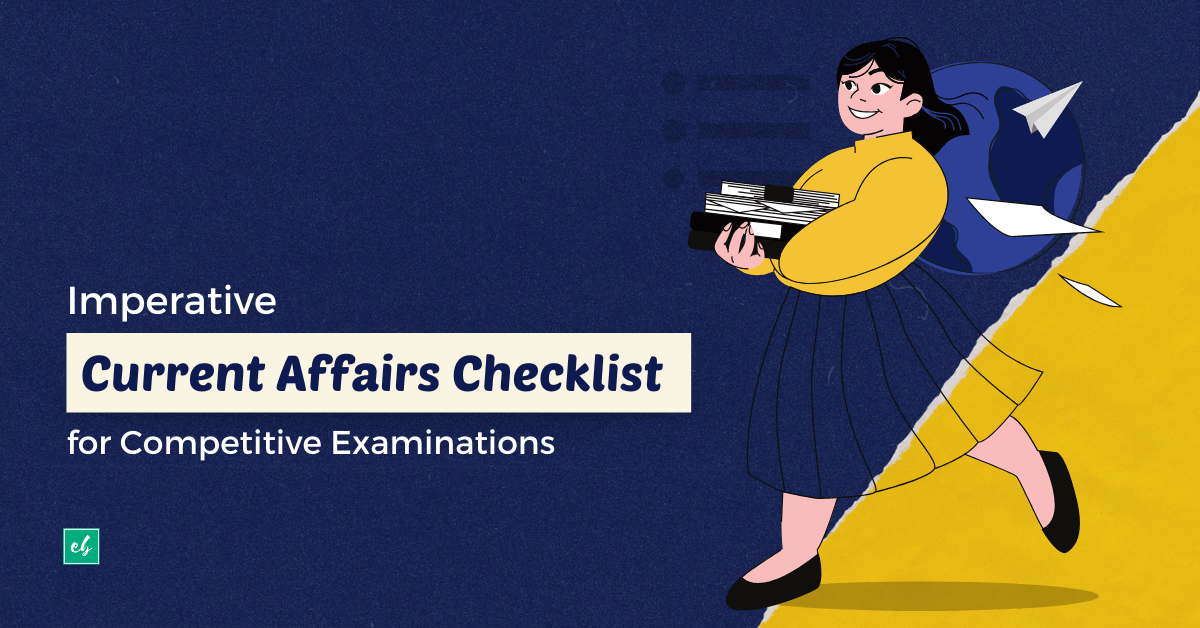
No matter where you study, from public schools in the US to international schools in China, essays are bound to be a part of your educational experience. When you’re tasked with writing an essay, it can feel like you’re carrying the weight of the world on your shoulders. Where to even begin? “How can I find enough to say on one topic?,” you may ask yourself. Let’s break down the essay writing process into some more manageable steps.
#1 Deciding what to write about
Too many students write an essay that is just not relevant to the teacher’s assignment. Where did your teacher give you details of your assessment? Find it and print it out if possible.
Now, highlight the most important words on the page. For example, if your teacher wants you to write an essay on “What are the causes and effects of fast food popularity?” It would help if you highlighted the key phrases in this question: causes, effects, fast food. This process helps to stop you from deviating too far from what is being asked.

Some teachers will provide you with the marking scheme for your reference before you submit. Many students don’t even take a second glance at it, but they’re missing out big time — this is practically an essay cheat sheet! For example, if the marking criteria say, “Student critiques opposing opinions on fast food (20% of marks),” — you know exactly what part of your essay needs to be about.
#2 Gather your evidence
A good essay means good sources. Some students look for evidence after developing their arguments, but this is a backward approach, and it’s likely your teacher will see through what you’re doing. Sources should come first, your argument second.
From where do you get your sources? The best places are likely your assigned readings and even your notes. It’s absolutely acceptable to quote your teacher’s arguments in your essay — in fact, your teacher will probably be impressed that you took the time to review your notes and cite them as a source.
#3 What’s your argument?
You’ve gone through all your great sources, and now it’s time to formulate your argument. This is probably the easiest step since you’ll naturally have an opinion on your research.
Perhaps you decide: “The cause of the popularity of fast food is its convenience and good taste. The effects of this are obesity and tooth decay”. Some of your sources might contradict your argument, and that’s ok! These are your counterarguments. For instance, “Eating fast food is a choice; it’s not McDonald’s fault that some people are obese.” Include these in your essay but explain why they might not be correct.
#4 Map it out
You’ve got your title, your sources, and your argument — now, what to do with them? Is everything a little bit all over the place and disorganized? That’s where step 3 comes in. Create a mind map so you can visually organize everything.
Your mind map might look something like this:
At the top goes your question/topic, next are your arguments, and at the bottom are your sources. The number of arguments you have depends on the word count of your essay. As a general guide:
- 1000-word essay: 3 to 4 key ideas
- 1500-word essay: 5 to 7 key ideas
- 2000-word essay: 6 to 8 key ideas
- 3000-word essay: 9 to 12 key ideas
Now, choose your best argument: which one is most compelling? Put it first. Number your arguments in order of how convincing they are: 1, 2, 3, 4, and so on. This will be the order in which you write your essay. The only exception is if some arguments are related — then they should be next to each other.
#5 Write the intro of each argument
If one of your arguments is: “Fast food causes obesity”, start with something like “Fast food is usually high in fat, which is a proven contributor to obesity”. Don’t write anymore! Go on to your next argument and do the same. In around 5 minutes, you’ll have a solid plan for your essay.
#6 Start writing
Whoa — this is the scary part, right? Not really. Tell yourself that you’re going to create a no-pressure draft of your essay. Don’t spend a long time trying to think of the perfect word, phrase, or sentence structure — just write whatever comes to mind. Depending on the expected word count, you could have a full draft of your essay in just a couple of hours.
#7 Editing
Now your essay is drafted, you just need to refine and perfect it. The best way to do this is not all in one go. Spend 30 minutes every day looking over your essay before the due date. You’ll catch spelling and grammar mistakes better like this and think of better, more concise ways to structures your argument.
#8 Read aloud
The best way to see if your essay is error-free and reads smoothly is to read it aloud. If you’re brave enough, read it to a sibling or parent.
Once your essay is handed in, do a little dance! Or celebrate in another way if you prefer — because, well done, you did it!








